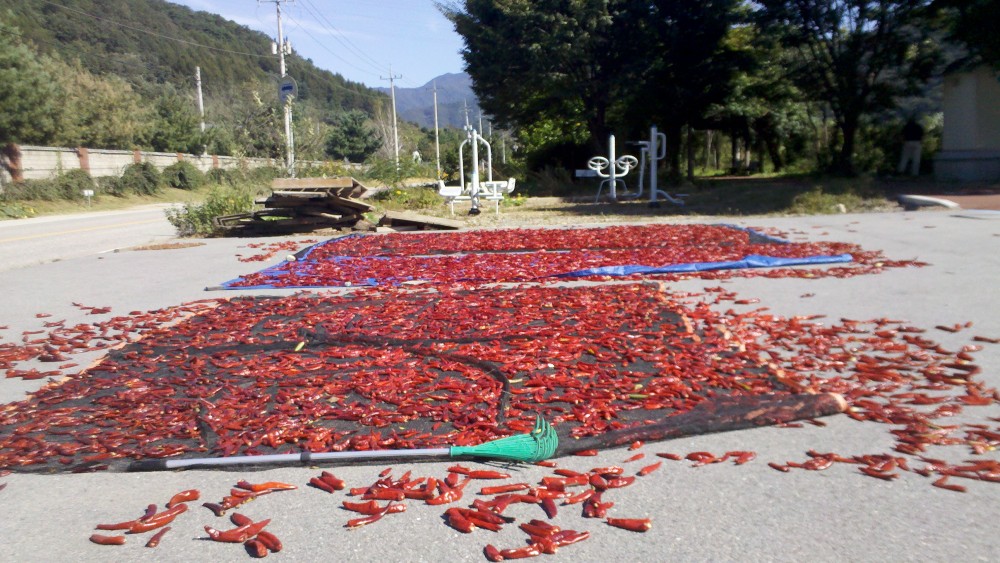How much do cultural icons reflect our “national values”? Actually, we should refer to them as “national ideals”, though this certainly isn’t the space to discuss the difference. For the moment, let us suffice to declare that national ideals are upheld by our popular cultural icons – our actors, our singers, our writers, painters, and artists. Like most people, I don’t ever really pay attention to this link – until I do.
If it please my dear readers – the following link is from Psy (the sensational pop singer from the southern half of the Korean peninsula. This Youtube music video was posted in July 2012 and is entitled “Korea” and is a “cheer song” for the 2012 London Olympics. While in Korean, the video also includes English translation for the lyrics in the bottom left corner. What Z Geography finds interesting is the conception of Korea in Psy’s music. I had assumed that “Korea” would reference both halves of the peninsula, they are after all “one people separated by war” (being the Korean War that is still, technically, going on). While the music video is understandably devoid of any references to the ruling Kim dynasty, most of the clothing (except the shirts with the South Korean flag) also counts as part of the northern state’s heritage. There are taekwon-do martial artists, men and women in hanbok, and more recent symbols of nationalism – Olympic athletes (representing South Korea).
In Psy’s worldview – South Korea is Korea. Is North Korea part of Korea? No. Throughout the song one of the lyrics is “the shouts of 50,000,000 are ringing and spreading”. The estimated population of South Korea in 2012 was 50 million. It is clear that these lyrics and the presence of decidedly South Korean national symbols (the athletes and flags) highlight the underlying notion (at least for Psy, the producers, and others) that South Korea is the descendant of the Choson (Joseon) dynasty. As the wikipedia article summarizes: “the Joseon period has left a substantial legacy to modern Korea; much of modern Korean etiquette, cultural norms, societal attitudes towards current issues, and the modern Korean language and its dialects derive from the culture and traditions of Joseon.”
That this message is coming from a cultural icon is also important. While state’s (government’s) often have their own motives for their press release and messages, most often they reflect governmental (or bureaucratic) desires rather than societal (or cultural) beliefs. Psy’s music video, “Korea”, will probably do two things. First, it highlights a cultural view among some South Koreans that they are the real “Korea”. How prevalent is this view in the south is the next logical question. Second, the music video as a cultural production will be used to acculturate younger Koreans. They will grow up understanding themselves as Korean, rather than as strictly “South Korean”. Will these future voters consider the North to be “Korean” as well?
Detractors will point out that this song was produced for the Olympics. While true, Psy’s comments to the Daily Beast in 2013 (referenced in his wikipedia article) are also illuminating, asked about North Korean threats to the south:
“Well, as an entertainer, I don’t want to talk about politics. As a Korean citizen, I want peace. That’s all I can say. I want permanent peace.”
This video and Psy’s comment leaves Z Geography with a final, more troubling thought, is what this means for Korean Reunification. Could it be that some aspect of southern culture is indefinitely postponing the idea of reunifying with the north? After all, there’s no need to reunify the Koreas – if you are the only Korea.


